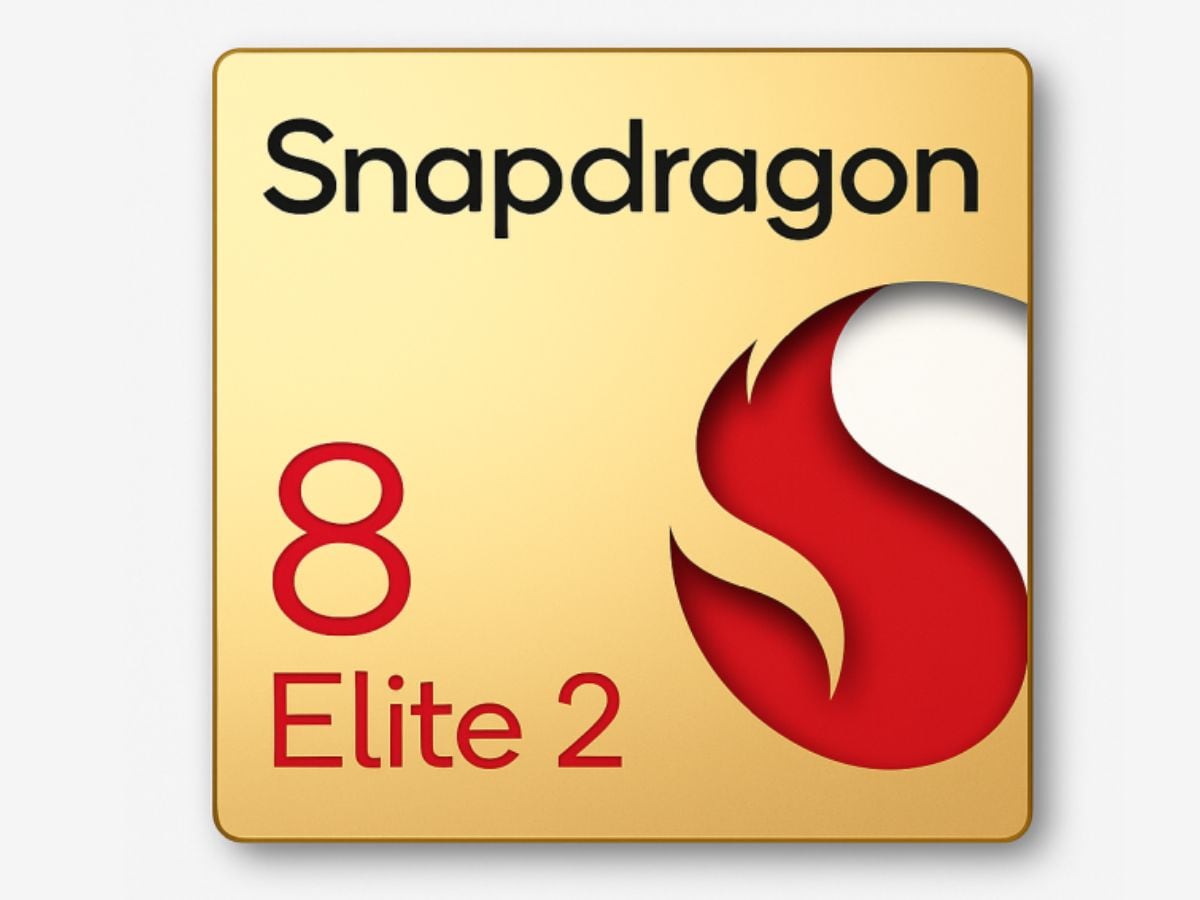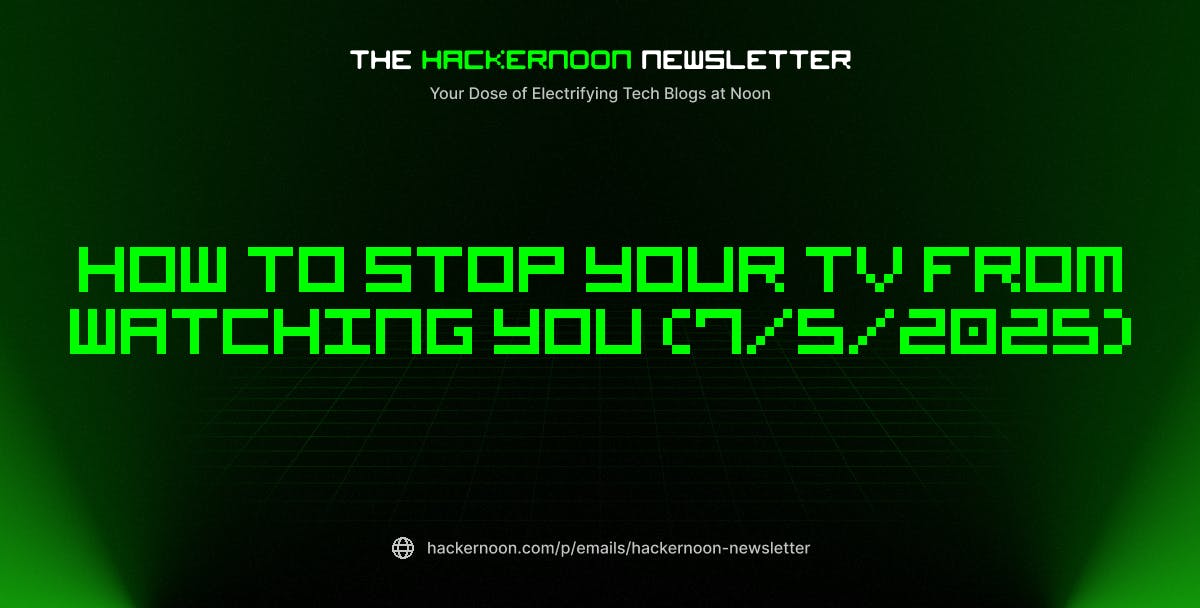I used to think startups die when nothing’s working. Bad product, out of cash, incompetent team.
Then I started a company.
One day we got traction. A few press hits. DMs full of “we should talk,” Sigma-face investors doing the lean-forward “I like what you’re building” thing. Just enough validation to knock us out of panic mode.
That’s when things went sideways. I won’t waste time with the play-by-play, but we almost faded into startup purgatory—remembered just enough to be forgotten properly.
You see, panic was the best thing we had going. It made us obsessive, neurotic, slightly unhinged in a good way. We chased everything because survival didn’t leave room for dignity.
But with traction came the deadliest startup drug: the illusion of being safe. Turns out, nothing kills momentum faster than thinking you have some.
Here are 10 things you still need to do after you get traction—or don’t. The internet loves a thoughtful postmortem.
1. Fire the Voice That Says “We’re Past That Now”
That little voice is the beginning of the obituary.You know the one—right after your first media headline, your first inbound investor DM, your team starts saying things like “should we really still be cold emailing?” or “we need to start acting like a real company. That’s not strategy. That’s ego in a suit.
You got traction by doing desperate, undignified, slightly unscalable things. And now you think you’ve earned your way out of them? No, all you earned is a longer to-do list.
The scrappy stuff only gets to die when it’s outlived its usefulness. Not when you’re funded. Not when someone called you a genius on X.
2. Stop Performing Founder Theatre
Traction can trigger a full identity crisis. You become five different founders depending on who’s watching. Investor mode. LinkedIn mode. Podcast mode. Team All-Hands mode.
You become a caricature. A branding exercise. And you stop making dangerous, necessary decisions—because those don’t test well with your imaginary audience.
Startups can survive a burned out founder. But they die when the founder splits into pieces—and none of them show up to do the work.
3. Shred The Story You Sold To Investors
The pitch deck is a prophecy. And like all prophecies, it’s mostly bullshit.
It was written to look impressive. Sweeping vision. Global scale. Category creation. You painted the future in billion-dollar brushstrokes—because that’s what it takes to raise. And when traction hits, it’s easy to get trapped in your own lore. You keep trying to make the story come true, prepping the stage for Act III, even though Act I never finished. The team builds what the deck promised, not what the market needs.
Treat that deck like fan fiction. Fun to reread, occasionally flattering, but utterly useless for deciding what to do next. And if you can’t put it down? Hit delete.
4. Book a Weekly Ego Exorcism
Once a week, sit down, close the door, and suffer. Inhale competitor wins. Reminisce about the churned whale who never told you why. Stalk the startup that just raised what you couldn’t.
One hour. No phone. Just pain.
Traction inflates founders. You start mistaking luck for foresight and thinking a few TechCrunch mentions means you’re untouchable.
This is your deflation chamber. Feel the sting of being ignored. The gut punch of being behind. The humiliation of realizing someone out there did it faster, cheaper, better. Then get back to work, like someone who hasn’t made it yet.
Because you haven’t.
5. Approve The Missions, Deny The Means
The bigger the team, the bigger the requests. More time. More hires. More money.
“Just one freelancer.”
“Just a couple months.”
“Just a modest budget…of $80K.”
That’s how startups become agencies—with nicer chairs.
Just say: sure. Half that time. $500. Impress me. Build the prototype. Hack the landing page with AI, Canva, and spit.
If an idea only works with a team of six, a five figure runway and a paid sabbatical, it probably doesn’t work at all. Constraints are a truth serum, and your last defense against well-dressed nonsense.
6. Make Hiring A Soul Crushing Ordeal
Traction does something dangerous: it makes you feel entitled. To help. To headcount. To becoming that grown-up company with onboarding lunches and Slack emojis for “#people-culture”.
So when something feels hard, the reflex is: “.”Because clearly the problem isn’t your process or priorities. It’s just that you don’t have enough bodies. Unfortunately most hires are liabilities with LinkedIn profiles. Here’s your antidote.
Step 1: Pitch It Like a Pre-Seed Round
You want a new hire? Sell it like it’s your startup. What’s the burning problem? Why now? What’s the ROI? You better have milestones, metrics, master plans.
Also, if ChatGPT wrote your job description, guess what ChatGPT can do the job.
Step 2: Assign Pain
If this person flops, you flop.
Your OKRs get torched. Your bonus goes MIA. Your title stays frozen in time. No more blaming ghosts who haven’t joined yet. You want headcount? Put skin in the game. Otherwise, you’re just playing corporate Sims with real money.
Step 3: Silent Treatment
Let them pitch. Nod slowly. Smile warmly. Take diligent notes like budget is around the corner. Then disappear like a VC who said “super interesting” and never called back. Wait 30 days. If they’re still pushing? Maybe it’s legit. If they solved it themselves? Even better. If they forgot? 5-figure black hole dodged.
7. Assemble A Humiliation Panel
Growth changes your surroundings. Investors get polite. Customers get tolerant. Media gets impressed. Suddenly, everything sounds… encouraging. And internally your team starts believing the demo day propaganda.
So install a counterforce. Three people who don’t owe your startup anything—except the truth. Ideally the ones who’ve outbuilt you, outlasted you, or still think your company is a PDF with overhead. Their job? Show up once a month and obliterate. One glorious hour of strategic humiliation, with your whole team present.
Your roadmap? Idiotic.
Your numbers? Inflated.
Your excuses? Hilarious.
This isn’t cruelty. It’s calibration. Because if the only feedback your team gets is applause, the next product will be a eulogy.
8. Give Every Idea a Shot at the Throne
Success breeds arrogance. MVPs get treated like masterpieces. Suddenly they deserve protection. Process. Politics. Three layers of approval just to suggest something new. That’s how startups go from pirate ship to cruise ship.
So break the chain of command. Once a month, anyone—engineer, intern, ops—can pitch the founder (you) directly. New product line, rogue growth hack, batshit brand stunt.
But no half-assed pitches. Anyone pitching needs to treat it like Shark Tank. If it’s good, they lead it. If it’s great, maybe you drop what you’re doing and join in. And if it sucks? You wasted about 7 minutes.
More likely than not, your MVP is disposable scaffolding. And the next great idea is probably trapped behind someone’s job title.
9. Promise The Update Before You Have The Plan
Traction gives you a new disease: Waiting until you’re “ready.”
You used to launch in a weekend. Now you’re twelve Notion tabs deep debating font weights and roadmap alignment. So, before you’ve got the plan, pick a date—investor update, feature launch, new city expansion, whatever sounds important. Put it in the calendar. Make it public. Loudly. Write it in blood on the whiteboard.
Now you have a real plan: Don’t embarrass yourself. Watch as priorities sharpen, feature creep dies, and people stop debating and start delivering. Because no one wants to be the reason your update turns into an apology tour.
Traction buys you the illusion that you have more time, but in reality all you have is more people to let down, and a bigger stage to do it on.
10. Start Every Month With A Funeral
Before traction, everything was offense—because there was nothing to defend. You were broke, irrelevant, and allergic to caution.
Then people noticed. Bit of cash came in. And suddenly, every decision comes with imaginary downside: What if we confuse investors? What if we annoy early users? What if we touch the one thing that’s kinda working?
Traction upgrades your fear. You go from “What if we never make it?”to “What if we lose what we’ve got?” That’s how building turns into babysitting, preserving replaces pushing, and momentum becomes maintenance.
So force movement. Every month, kill something. Something slightly stale, vaguely useful, and probably has a sentimental halo. “It kinda works,” “It’s not hurting anyone,” “It took us months to build.” Amazing. So did Yahoo Answers.
Hold a funeral. Make the team watch. Remind them that nothing is permanent—not even success. Especially not success.
Final Thoughts: The Beginning Of The End Often Looks Like Progress
Traction is equal parts fuel and anesthetic. The compliments, the capital, the calm—it all numbs you from the reality that you’re still one mistake from irrelevance. Treat it like a gift you didn’t earn—and fight like hell to prove you deserve to keep it. Not with all-hands decks and strategy circles, but with the kind of existential dread that wakes you up at 3am wondering what you missed.
The only real moat at this stage is productive paranoia. Now go scare yourself. Then scare the market.











